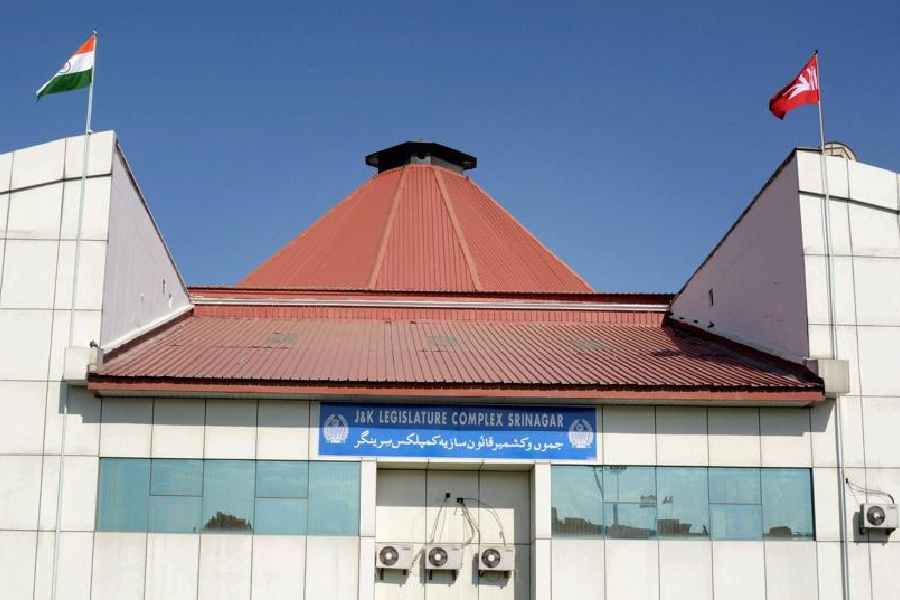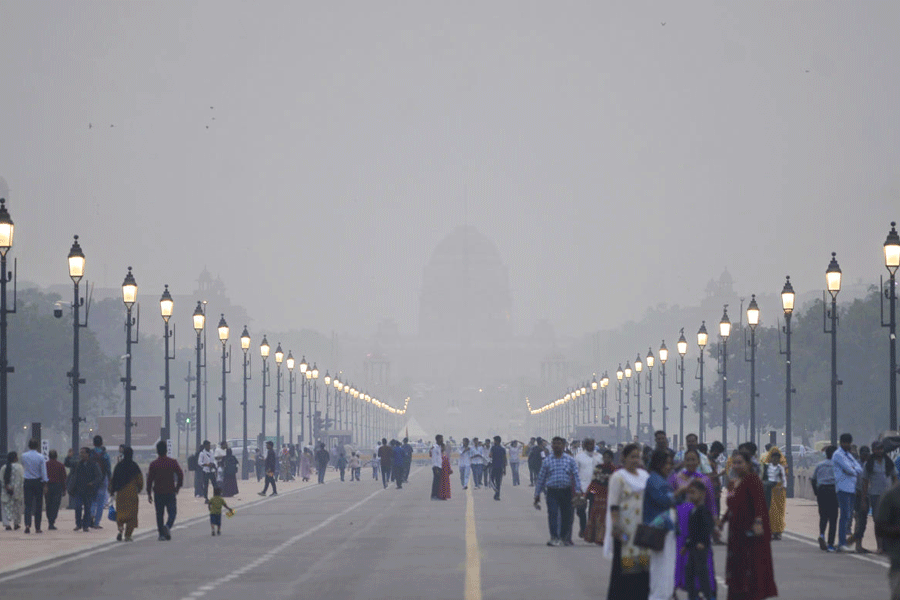Guwahati, Nov. 15: A UN tea panel has suggested that planters weigh the option of growing diverse crops to recover costs if the tea crop fails in a season.
In the words of the Food and Agriculture Organisation of the United Nations (FAO), tea gardens should consider “crop diversification as an agronomic practice (steps taken by farmers to improve soil quality and enhance crop production through better fertiliser and water management) to adapt to climate change”.
The agronomic practices were recommended by the working group on climate change set up by the FAO Intergovernmental Group on Tea to cushion the industry from the negative impacts of climate change.
The issue was discussed at the intersessional meeting of the Group held in Milan, Italy, last month.
The Group represents a forum for intergovernmental consultation and exchange of trends in production, consumption, trade and prices of tea, including regular appraisal of the global market situation and short-term outlook.
It says without sacrificing tea yield, it is possible to plant economic crops in tea fields in place of shade trees. The trees to be planted must be carefully chosen. “The areas within the tea garden that are not suitable for tea should be planted with economic trees. However, the economic crops should be avoided in areas prone to erosion or slopes, since the soil remains bare for most of the time under these crops,” the working group report said.
“Economic crop means, if the tea crop fails in a season, there is a possibility that the other crop grown in the tea garden can give economic returns. Pepper is being grown in tea gardens by Amalgamated Plantations Private Limited while some small growers are planting areca nut,” R.M. Bhagat, coordinator of the working group on climate change, told The Telegraph.
Bhagat who is also a deputy director at Tocklai Tea Research Institute said the agronomy department of the institute is trying to grow different crops in tea gardens with and without shade trees for their economic viability.
“No doubt shade trees are beneficial to tea and are required, but research efforts are on to see the possibility if another crop can be inserted without affecting tea yield,” he said.
Citing rainfall and temperature statistics at Tocklai in Jorhat, the report said there have been trends of high and low rainfall variability on a year-to-year basis which has brought floods and droughts. “The situation is further complicated by a highly uneven distribution of rainfall during the growing season, with rains almost missing in the early part of season,” it said.
It has also called for maintaining adequate organic matter in the soil, as it would retain both water and nutrients and helps prolong the onset of droughts. Besides this, optimum soil and water conservation measures should be adopted along with scientifically planned drainage system. These apart, humid conditions in the garden should be maintained for which optimum shade is necessary and waterbodies should be created that would not result in floods.
Irrigation is the best answer to drought, if water is available. “Water conserved during the rainy season can be used for irrigation during drought,” the report said.
The inter-session meeting resolved that the working group should publish a booklet in English on adaptation strategies in the next IGG meeting.











